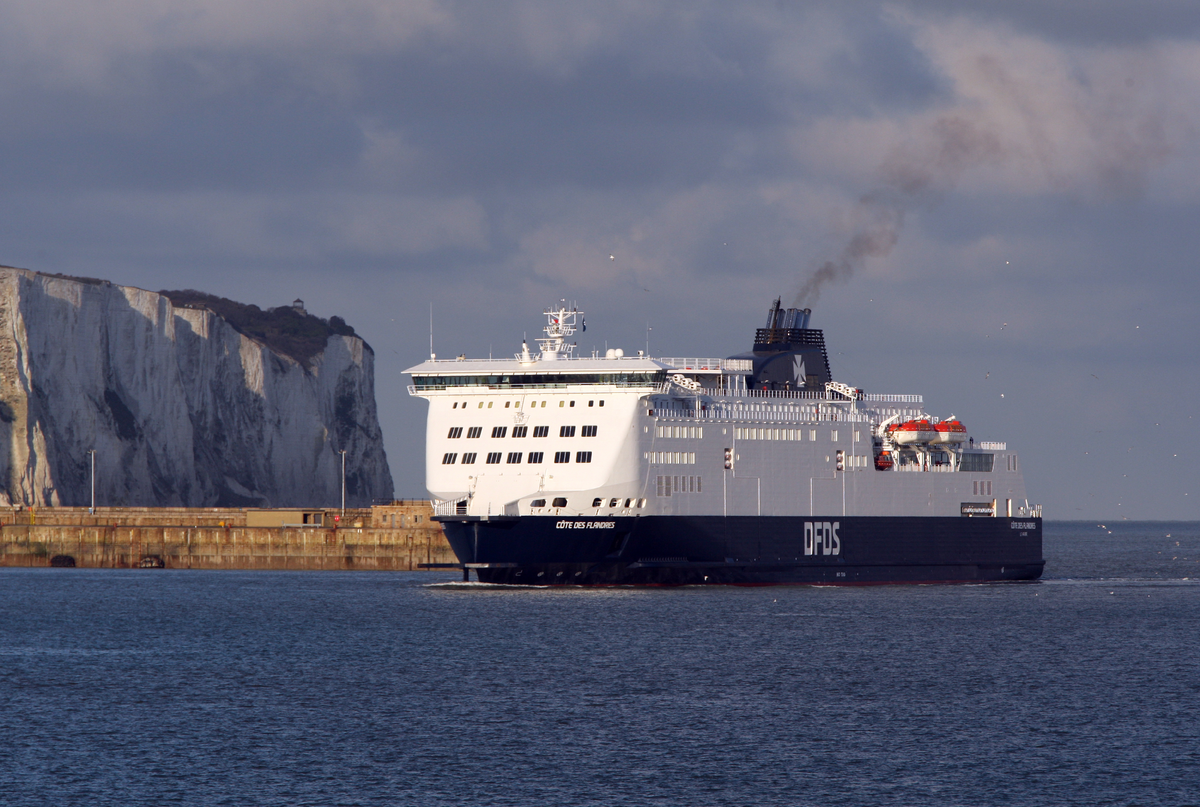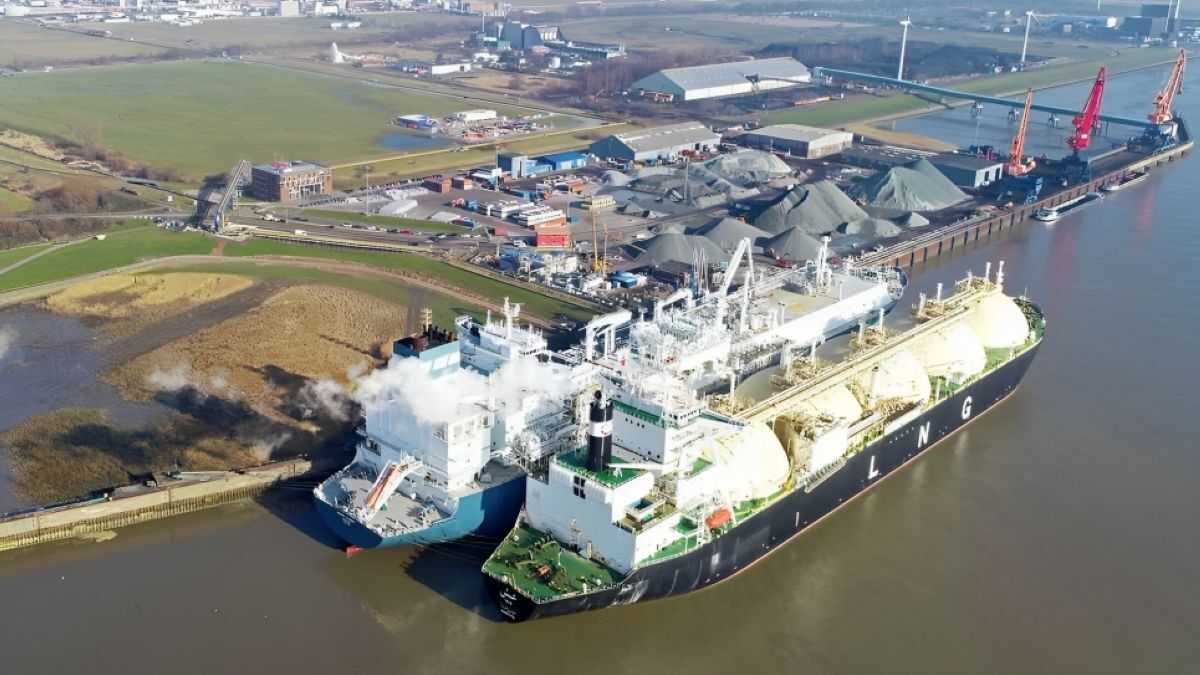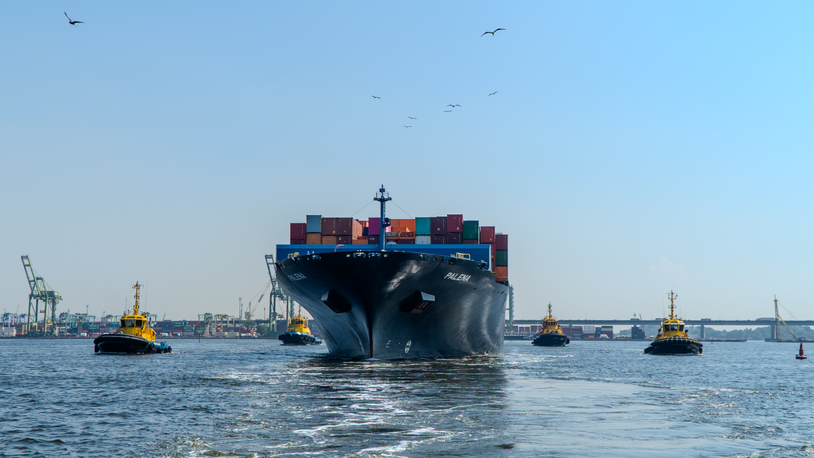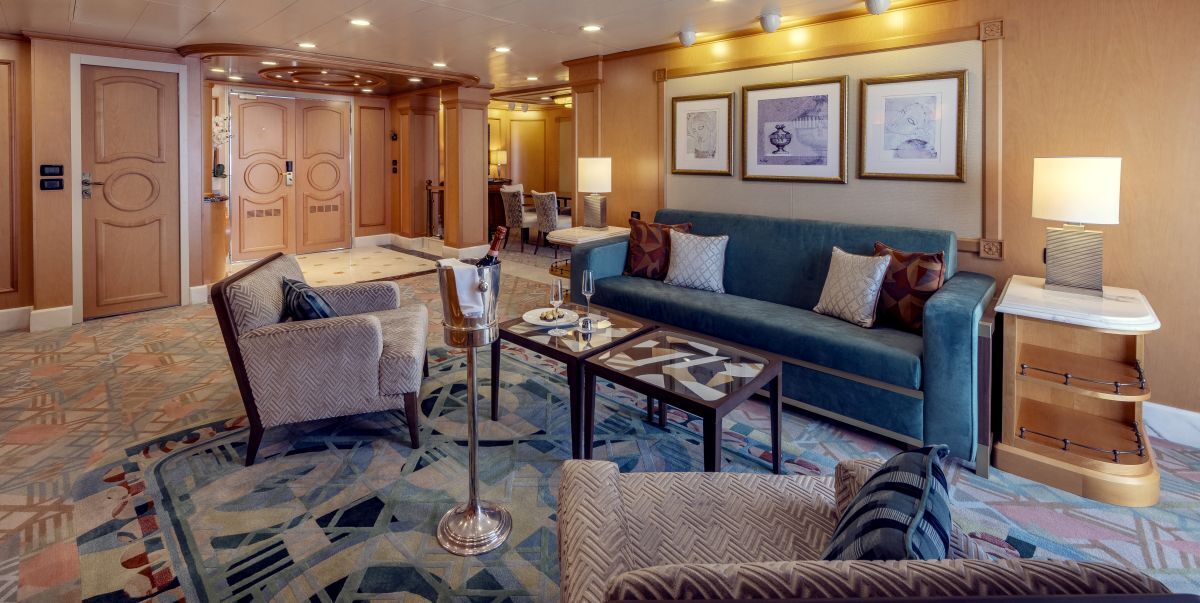Business Sectors
Events
Contents
Register to read more articles.
Ferry operators target methanol and electric in quest for zero
Ferry operators opened up on how they aim to decarbonise their fleets at the latest Interferry conference
Ferry operators and industry insiders highlighted how they aim to meet net-zero requirements at the annual Interferry conference in Morrocco in October last year.
In the regulatory update and panel, DFDS chief executive Torben Carlsen said there are three elements for his company: to slow down, make ferries as efficient as possible and order new vessels.
He expands, “We will use battery ferries on shorter routes - electric wins in terms of efficiency for two to three hours. For ropax we would use methanol, and for freight ferries probably ammonia would be the winning fuel.”
In the Ferry Sustainable Panel, DFDS opened up further on its plans. DFDS has more than 70 ferries and 28 ferry routes to consider, ranging from very short routes to those taking three to four days.
DFDS director, head of sustainable fleet projects Jesper Aagesen explains, “Our goal for 2030 is for the ferry business to reduce carbon intensity by 45% compared with 2008.”
The ferry operator has reduced its carbon intensity by more than 30% by increasing sailing time, thereby reducing speed and emissions and employing technical initiatives. Mr Aagesen explains, “These are low-hanging fruits, and we need to take next steps for the last 15% reduction. Our ambition is by 2030 to have six green ferries on water.”
This initiative is known as ‘2+2+2’.
Mr Aagesen expands on how this could look: two could be methanol-fuelled ropax vessels combined with batteries. For the shorter routes on the Channel we aim for 100% electric as this is where electric is the best way to use energy.”
He says the company aims to begin with two ferries on the Channel and for the entire Channel fleet to be fully electrified by the 2030s.
He adds, “We are looking into ammonia. In the short term this is not suitable for passenger ships, but we firmly believe this is a solution for cargo vessels, with around 20 running on ammonia.”
Mr Aagesen says, “One of the biggest challenges is the availability of all these green fuels. There are a lot of projects talked about out there… electricity is very much needed to produce green fuels.”
He highlights there is a lot of work to be done when it comes to shore power installations for full-electric ferries. “We collaborate with ports to make this happen as handling electricity and green fuels means we need to do things in a new way. We need to get started as soon as possible.”
Thought also needs to be given to equipment suppliers, and when new engines are commercially available. “People living near the ports will have an opinion, and we need to take that into account. Training crew and shore personnel also needs to be planned.”
Mr Aagesen sums up, “There are a lot of challenges, but I believe we have a clear pathway as to how reach 2030 targets.”
Meanwhile, hydrofoiling efoiler builder Artemis Technologies chief executive Iain Percy says, “We have a fleet of high-speed zero-emissions vessels for the 150-passenger ferry and have invested nearly €100M (US$114M). We wanted to make something that could be constructed around the globe. Key for us is a system-level approach. There is a lot of knowledge on vessels and regulation, and it was important to talk about operations and infrastructure, but the obstacle is on the economic side. It is important to be upfront with industry. The solutions we have are niche and work with high speed. If the vessel is 28 knots [and above] there is an opportunity.”
He explains the Artemis service includes a financial solution of opex and capex all into one payment. This includes infrastructure, with one piece of infrastructure for one boat.
Mr Percy sums up, “Our goal is to offer a decarbonisation solution without any risk. We will save you money and guarantee that from day one.”
Grimaldi Group external relations manager Paul Kyprianou says, “Our strategy is in two parts: we are going through an energy transition which is a revolution for us.”
Mr Kyprianou says the company is making its vessels more and more efficient, reducing fuel consumption and increasing capacity.
He adds, “We are looking at new technologies. We have installed battery packs for ports and a small part of our footprint. We will opt for methanol for new ropax and ammonia for new cargo vessels.”
WSF chief sustainability officer Kevin Bartoy says there are four keys to its sustainability policy: executive support, champions, context and organic growth.
He says, “There have been difficult lesson learned along the way. We are starting new programmes and have a lot of planning, but we need to hit the ground running. We just started throwing things together and figuring it out as we went.”
WSF is the largest emitter of GHG emitters in Washington state, US. The company is transitioning to a hybrid-electric fleet. The hybrid-electric vessels are designed to carry 1,500 passengers and 160 vehicles travelling at an average of 16 knots. Routes slated for electrification during the next decade range from 5-22 km, one-way. The ferry operator will also bring electric power to 16 terminals.
He sums up, “Don’t wait is the key lesson we have learned. Go out and get it done. We can lead, as operators we should go out and do it and others will follow us as we move forward in this journey.”
Sign up for Riviera’s series of technical and operational webinars and conferences:
- Register to attend by visiting our events page.
- Watch recordings from all of our webinars in the webinar library.
Related to this Story
Events
Maritime Environmental Protection Webinar Week
Cyber & Vessel Security Webinar Week
The illusion of safety: what we're getting wrong about crews, tech, and fatigue
Responsible Ship Recycling Forum 2025
© 2024 Riviera Maritime Media Ltd.














